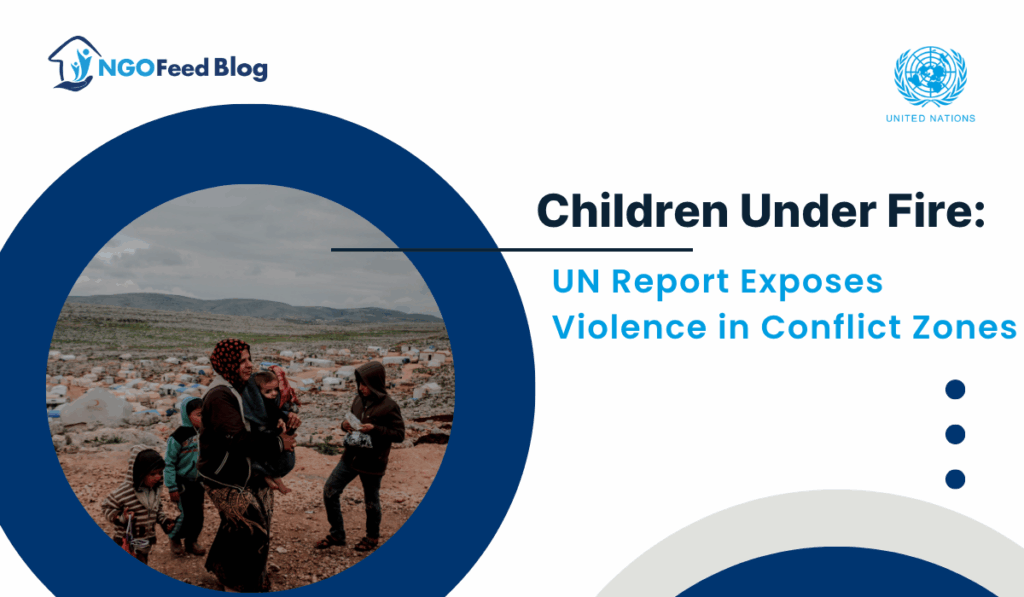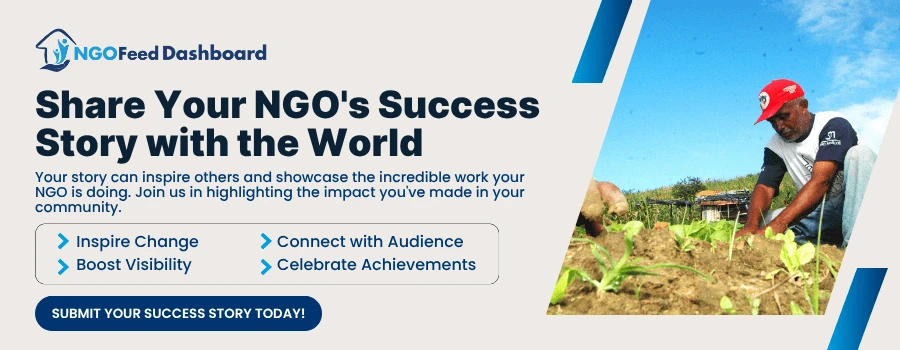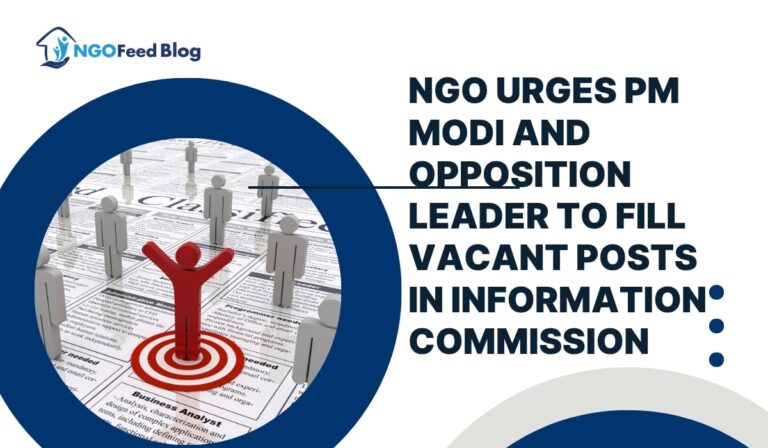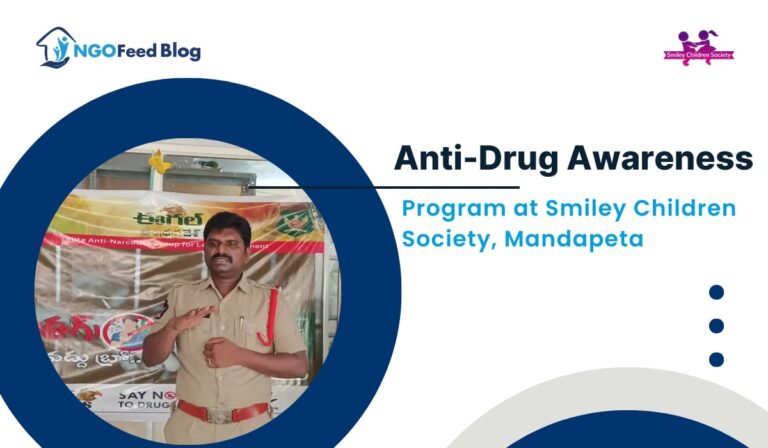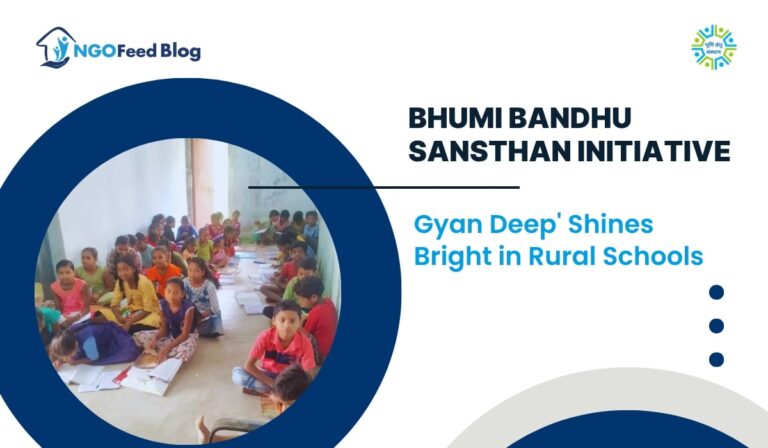UN Report Exposes Violence in Conflict Zones: The legacy of war and conflict remains destruction and devastation; however, there is no more heartwrenching impact of war and conflict on children. With its recent annual report on Children and Armed Conflict, the United Nations has drawn a bleak and critical rendering to the issue at hand: over the last years, children are more and more being direct targets of violence, recruitment, sexual abuse, and deprivation to the much-needed humanitarian access in conflict areas across the globe.
The report, citing Syria, Sudan, Ukraine, and the Gaza Strip among others, details the killing, maiming, kidnapping, or forced recruitment of thousands of children by armed forces. Other places like schools and hospitals that are supposed to be safe havens are often targeted or occupied by militants, contravening international humanitarian law and depriving children of the basic human rights of studying, being safe or getting care. More than 27,000 severe violations of the rights of children were confirmed by the UN in the year 2023 alone, a fact that can only represent the tip of the iceberg.
Also Read: Role of UNHRC in Safeguarding Human Rights
The report is a wake-up call and a call to action to NGOs, humanitarian organisations and child protection agencies. These figures are not only statistics, but they include childhoods that were lost, families that have been broken, and intergenerational trauma.
The UN has urged governments, armed groups and the international community to support the rights of children, and avoid exploitation of children as well as prosecuting the wrongdoers. It also points out the necessity of increased investment in child protection services, mental health care, as well as the safe repatriation of child soldiers and displaced young people.
With an increase in conflict areas and global instability, the issue of child protection should no longer be an afterthought but a priority at the global level. This paper discusses the most important findings in the UN report, implications and how civil society can restore hope to the most vulnerable in the world.
Table of Contents
Understanding the UN Report Exposes Violence in Conflict Zones: Scope and Methodology
The Annual Report of Children and Armed Conflict (CAAC) is an essential report by the United Nations Secretary-General, which tracks and names serious violations of human rights committed against children in war and crises all over the world. All the information in the report drafted by the Office of the Special Representative of the Secretary-General on Children and Armed Conflict (OSRSG-CAAC) is tested and valid enough to be used as an advocacy, accountability, and policy basis.
The 2023-2024 report scope covers nations prone to conflicts in more than 20 countries, among which Afghanistan, Syria, Somalia, Myanmar, Ukraine, Palestine (Gaza), Sudan, and the Sahel region should be mentioned. It is devoted to six severely captured children according to international law:
- Children killing and maiming
- Child recruitment or child use by armed forces/groups.
- Child sexual violence
- Child kidnapping
- Injury to schools and hospitals
- Humanitarian access refusal
Also Read: Role of WHO in Healthcare
The collection of data in the UN is based on a vigorous verification with the UN field offices, non-governmental organisations, local monitors, as well as national authorities. Several reliable sources are confirmed to ascertain the correctness and trustworthiness of every violation committed that is noted in the report. Though the report has its shortcomings, caused by the difficulty in ensuring access to war and conflict zones, it is considered to have gained the greatest degree of authority in reporting about the plight of children in war.
An annexed list of shame, which names those parties, both state and non-state, responsible for repeated violations, is also included in the report. This naming process aims at pressuring alleged sides to take action plans, eliminate abuse, and hold them accountable.
The methodology of the UN report is also important since it affirms the findings and enables advocacy groups, NGOs and policymakers to take credible, informed actions to safeguard children in conflict.
Grave Violations Against Children in Conflict Zones
The six serious violations identified in the Annual Report on Children and Armed Conflict by the UN are the worst manifestations of how children are abused in a war situation. This is very wrong not only because it destroys the lives of young people, but also because it becomes a violation of international humanitarian and human rights law, which are violated.
1. Killing and Maiming:
Among the most serious and observable abuses, children often die or get wounded through airstrike sorties, shelling, landmines, and small arms fire. Another aspect that is upsetting and frustrating is the fact that there are thousands of children whose lives were lost just in 2023 alone in such areas as Gaza, Ukraine, or Sudan, and many of them have been killed when they were at school or trying to escape somewhere.
2. Child Soldiers Recruitment and Use:
Children are still forced, sometimes even by governmental forces, to join armed groups and serve as fighters, spies, and support others. Such children are deprived of the feeling of being innocent, and in most cases, they are exposed to harsh training, violence, and the trauma that sticks with them in the long term.
Also Read: Role of NGOs in HIV and AIDS Awareness and Prevention
3. Sexual Violence:
Rape, sexual slavery, and abuse in wars are the forms of terrorism and control methods. Girls bear the brunt, although boys are conflict-related sexual violence, most of which is underreported because of stigma and fear.
4. Abduction:
They kidnap children at home or in schools, mostly as fighters, porters or slaves. Most of them will never see their families again, and this makes the community fractured and their psychological life destroyed forever.
5. Schools and Hospitals are still being attacked:
Schools and hospitals were once regarded as a safe area since they are defended under international law, but the flow of bombs and occupation by fighting forces are depriving children of education and medical services during the crucial stages of development.
6. Having Denied Humanitarian Access;
Snatching out the aid will cause children to lack food, water, shelter, and medication. This invisible yet lethal abuse can be described as causing malnutrition, illness, and even mortality when it comes to war zones.
Such serious violations present a strong case for the necessity of accountancy and protection worldwide. Children should never be considered as collateral damage because they deserve peace, safety and a future.
Also Read: Role of UNHRC in India
Global Hotspots: Where Children Are Most at Risk
The recent report on Children and Armed Conflict issued by the UN shows that there is a concerning trend in the situation of more countries in which children become involved in the violations that are related to armed conflicts, and the violence itself starts to be more cruel and indiscriminate. Although no conflict region can spare its youngest inhabitants, certain areas have become global hotspots, and in such cases, children are at the greatest risk, trauma and displacement.
Palestine and the occupied territories of Gaza
After a sudden jump in the intensity of conflict, in 2023, the level of violence against children in Gaza intensified catastrophically. The report has pointed to an upsurge in civilian casualties, destruction of schools and hospitals and blockage of humanitarian aid. Children are in siege-like condition, with very few supplies of necessities and psychological support available.
Ukraine
The war in Ukraine still affects children with its disastrous effects. Residential bombings and bombing of infrastructure cause displacement of masses, school closures, and trauma. The deployment of explosive weapons into densely populated places has caused many people to die and others to get wounded.
South Sudan and Sudan
In Sudan, there are armed conflicts as well as ethnic violence that have led to the recruitment of child soldiers, school attacks, and extensive sexual violence. This has displaced more people and also increased food insecurity to the extent that millions of children find it a day-to-day struggle to survive.
Also Read: Role Of NGOs in Psychological Support After Tragedies
Myanmar and the Sahel Region
In Myanmar, the military assault has aggravated malpractices against children, abductions and maiming included. Children remain the target in the Sahel region because the armed groups use them as a ground and combat force, as well as for propaganda, as they attack educational institutions.
In Afghanistan, Somalia and Yemen
Medium-term war situations in these places have turned serious violence against children into a common phenomenon. There is very limited access to healthcare, education and safe shelter.
Such hotspots depict that in the wars nowadays, children should not be exempted, they are targeted or being endangered intentionally or out of negligence. The international community should move at a very fast pace to defend them.
NGO and International Response: Protection, Advocacy, and Accountability
With this plethora of violence against children in conflict settings, particularly on the increase, non-governmental organisations (NGOs) and international organisations are invaluable when it comes to promoting protection, the provision of humanitarian assistance and the call to hold individuals and organisations accountable for severe violations. They work on a bridge between international policy, such as the UN Convention on the Rights of the Child, and what happens on the ground to vulnerable children.
In conflict-dominated areas, NGOs are frequently initial responders, and their contribution in terms of important services includes emergency accommodation, trauma therapy, restoring families lost to separation, and healthcare. Other non-governmental organisations such as Save the Children, War Child, UNICEF, Médecins Sans Frontières (MSF), and local grassroots
Also Read: Role of NGOs in Sustainable Development
Organisations are administering child-friendly spaces in refugee camps, schools-in-a-box in displaced populations, and trauma rehabilitation programs to child soldiers and victims of sexual abuse.
Other than providing direct relief, NGOs provide accounts of the violations and file verified reports to the United Nations Monitoring and Reporting Mechanism (MRM). Such reports are important in bringing the perpetrators of such acts to justice and in ensuring they appear in the list of shame maintained by the UN- one of the most effective diplomatic tools as it serves to pressure those involved in the armed groups to stop the actions and to simply sign the action plans on the protection of children.
The work of the NGOs at a policy level includes the promotion of better enforcement of international humanitarian law, the expansion of the number of mandates involving the protection of children, and lobbying at the level of donor governments to allocate more funds on a child-centred basis in emergency settings.
However, the reduced access to humanitarian, the increasing security threat and funding shortages have remained obstacles to these efforts. To avoid these obstacles, international organisations, local non-governmental organisations and the community need to be interrelated with intensive cooperation. It is only through long-term collaboration and international determination that we can protect the rights and prospects of children that serve victims of fire in the war.
Also Read: Role Of NGOs In Prison Reform and Criminal Justice
The Way Forward: UN Recommendations and Urgent Actions Needed
The results presented by the UN on violence against children in armed conflict are not merely a statement of historical shortcomings; they are also a clarion call to global action at once. Prevention, accountability and investment in local and international child protection systems will be the primary routes to go forward.
Among the most powerful suggestions of the UN is that all sides to the conflict, both state and non-state, follow the law of humanitarian and international rights, specifically that of protecting civilians and children. These contain cessation of attraction and employment of child soldiers, cessation of assaults on schools and hospitals and without interference, basic access.
Also, the UN requests the complete adherence of parties listed in its annual report to Action Plans with methods of tracking their implementation. These are plans that are most of the time formulated with the involvement of the UN and NGOs on the concrete moves that can be used to prevent such a violation, as well as to rehabilitate the affected children.
One should invest in mental health services, emergency education, as well as reintegration programs for former child soldiers and victims of abuse. According to the UN, it is necessary to reinforce local child protection systems and to empower local communities, teachers, health workers and local NGOs to detect and respond to the violation at an early stage.
Also Read: Role of UNESCAP in India
Besides, the report calls on the international community to enhance accountability toward prosecuting violators of serious crimes by national and international courts. It is essential to make sure that crimes against children are not left unpunished in terms of justice as well as deterrence.
Conclusively, it is not only morally right to protect children in warfare, but it is also one of the sources of driving sustainable peace and development. The world can not sit back until children are no longer under fire.

